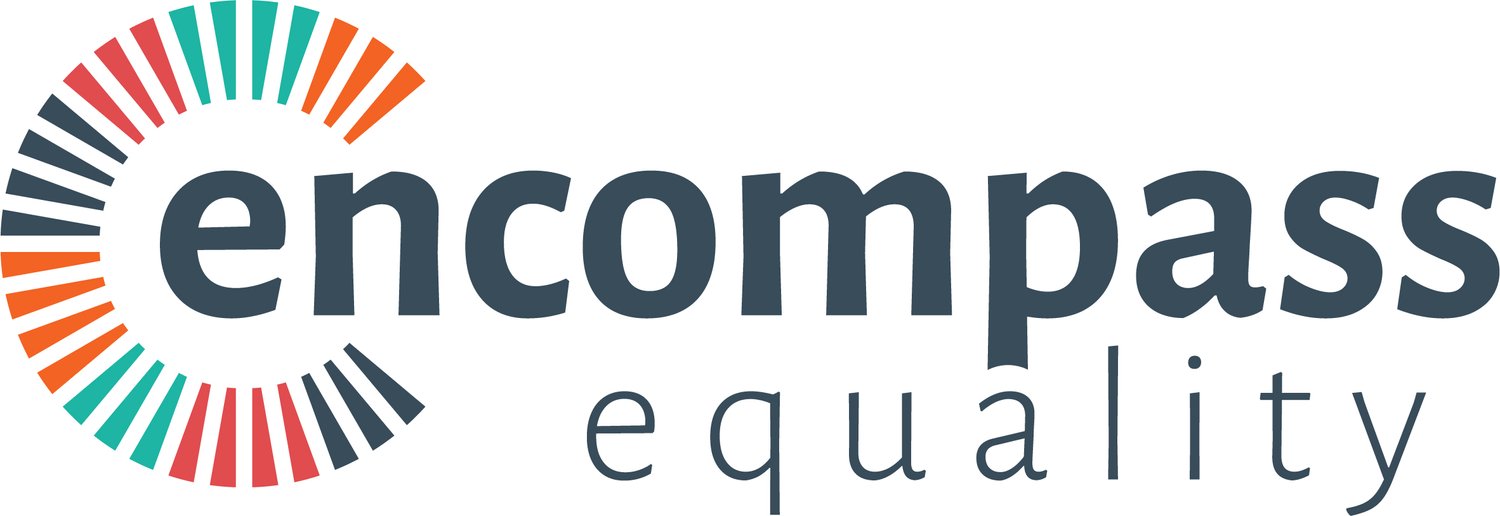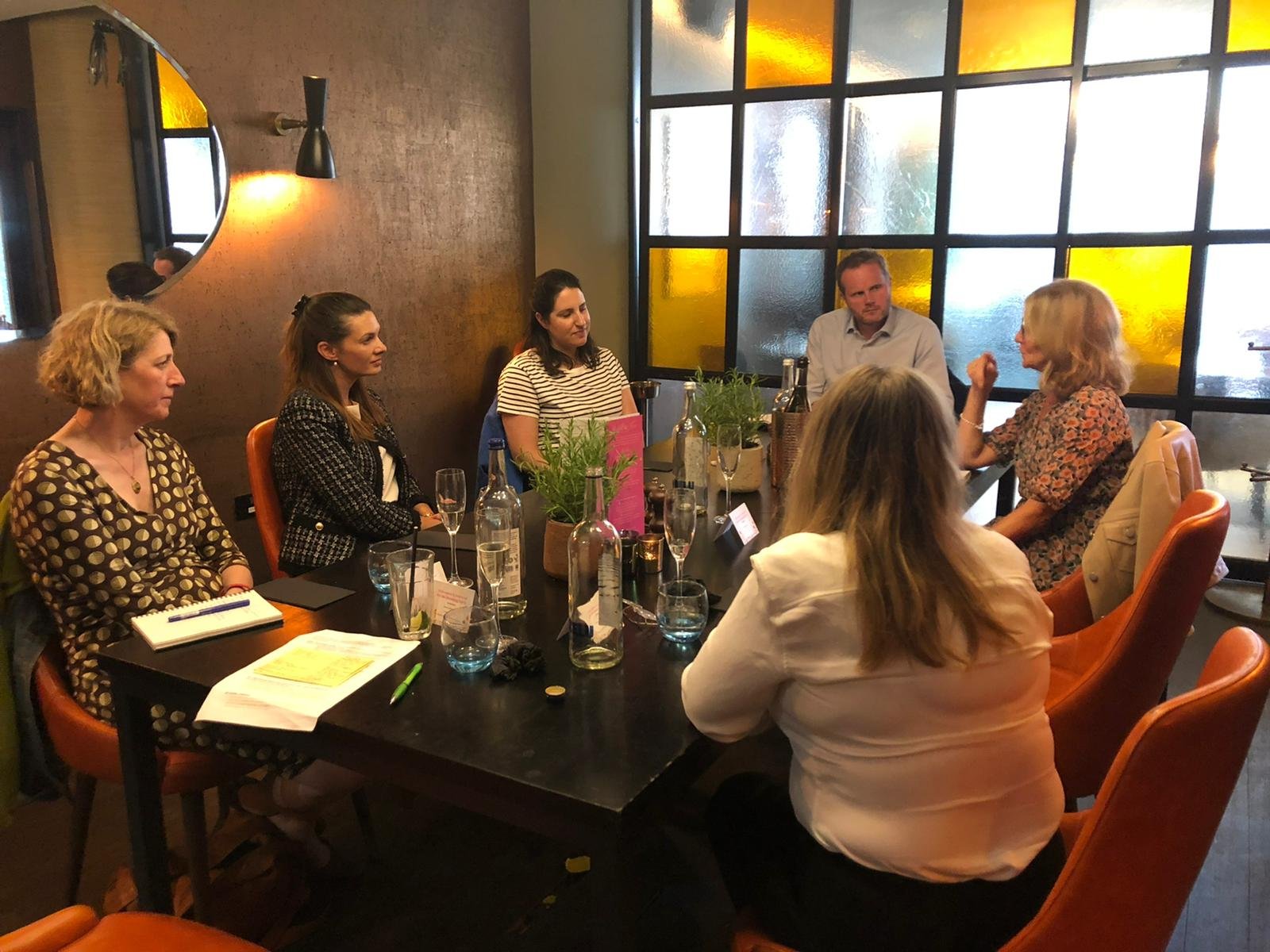Retaining women throughout maternity leave and beyond
Simplistic narratives about the career journeys of women have, until recently, tended to focus on the idea that they join the workforce in their 20’s, spend a few years getting settled into their careers, take some time off for maternity, and then either come back or leave.
Mercifully, those narratives are being challenged now, not only by a growing focus on the difficulties women face in dealing with the menopause at a time when their responsibilities at work and home may be reaching their peak, but also by more a nuanced understanding of the myriad ways in which the path to leadership for women is strewn with obstacles, whether physical, psychological, cultural or societal.
Nevertheless, partly because so many women have, indeed, left work by the time they get to the menopause, for most organisations and most women, maternity remains by far the most common obstacle that’s encountered. That would be true even if maternity was a one-off event, but of course it’s not. Quite aside from the fact that, for most women, more children follow, maternity is the start of a huge experience that will form the backdrop to the central part of their lives and their careers. So, for any organisation that’s trying to figure out how to retain women and help them to progress to the top, how you deal with maternity and indeed the working parents’ journey, could scarcely be more important.
Additionally, the external barriers are very high and we are seeing increasing numbers of women challenged by issues such as the cost of childcare which has been well-publicised in the press - with some women saying it is the highest cost after their mortgage.
With that in mind, we convened a group of people with extensive experience of helping their organisations, and the women they employ, to find solutions to the challenges thrown up by maternity and working mothers particularly as their children become older and issues such as school hours and holidays come to the fore. All worked for professional or financial services firms. Thank you to all the organisations who contributed their ideas: PwC, Irwin Mitchell, Dechert LLP, Grant Thornton and Simmons & Simmons.
Most started by talking about the progress they’d made towards greater gender balance at the top of their organisation but all acknowledged that there remained a long way to go.
They also acknowledged how challenging a topic this is: Many spoke of their frustration that initiatives such as coaching and care packages were not being taken up to the extent they’d hoped, or that the quality of coaching within their organisation was too variable. More troublingly, despite the direction of travel, there was a general sense in the room that we remain some way from reaching the sort of cultural tipping point that would create irreversible momentum. The look on people’s faces when we asked, somewhat playfully, if children were allowed into office spaces, spoke less of a perfectly legitimate decision being reached that to do so wouldn’t be helpful, and more of the absurdity of the question against the backdrop of the prevailing culture. “We don’t even allow dogs yet”, one person said.
But despite these cultural headwinds, there were some really encouraging examples of a range of practical solutions that organisations are putting in place, such as workplace adjustment passports (where individuals are able to identify and document any special requirements related to disability or health etc to enable them to do their work more effectively, that can be taken with them through their career and not have to re-explain this every time they move roles) or group Keeping In Touch days for everyone on maternity leave at the time. These allow women to meet others in their firm who are on maternity leave at the same time and, allows their managers the chance to come along and provide updates on how the business is doing in a way that would be very difficult to do on a one-to-one basis. There was also an example of coaching being offered before maternity leave started, not least as a mechanism to help women who were about to have their first babies to set reasonable expectations about their return to work.
For all the efficacy of these practical solutions, though, there was a widespread agreement that the real key to progress lay in challenging some of the underlying issues that create obstacles in the first place. A few ideas stood out:
Get behind the label: While maternity leave has a very specific physiological event at its heart, at least as far as the return to work goes, much of what women need at this point is actually something that many other people need for different reasons: Flexibility, practical solutions to human needs, understanding, care, empathy. In much the same way that issues related to the menopause could be addressed at a more profound level by addressing the underlying needs, a willingness to de-label and even de-gender these issues (however odd that might sound in the context of maternity) may be the key. An organisation that has learned to treat people as humans first and professional second is one for which many of the challenges thrown up by maternity leave are much easier to deal with.
Provide tailored coaching to reflect aspirations: Understand that women who do want coaching after maternity leave may either want coaching that enables them to manage this transition carefully and achieve balance so that they can have time with their families, or offer career acceleration type programmes. The employee needs to determine their aspirations and the organisation can support with more tailored coaching programmes. We can’t fall into the bias that all working mothers want to work part-time and aren’t ready to put their foot back on the pedal.
Empower line managers. As one attendee told us, the hard reality is that 90% of an outcome is determined by the actions taken by the line manager. So, line managers, and perhaps especially male line-managers, need training to help them deal better with the kind of conversations they’re going to need to have. That includes helping them to learn that it’s OK to say “I don’t know” rather than invent an answer on the spot about something they don’t fully understand yet.
Set expectations. However hard organisations work to ensure that maternity becomes less of an obstacle on women’s path to the top, they can’t make every problem go away. There are so many other responsibilities that need to be taken into consideration in devising solutions, whether human, cultural, commercial, financial or legal. It’s far better to be honest about these limitations up front than pretend they don’t exist and set expectations about outcomes that are impossible to deliver.
More than anything else, then, the long-term solutions here are essentially cultural in nature. Ingenuity has an important role to play in helping to devise new solutions to old issues, but changes to culture will truly change the game.
How supporting women’s health & wellbeing can help you
Book a call with Helen Beedham, our Head of Programmes, to find out more about how supporting women’s health and wellbeing can help retain women and accelerate gender equality in your organisation.



